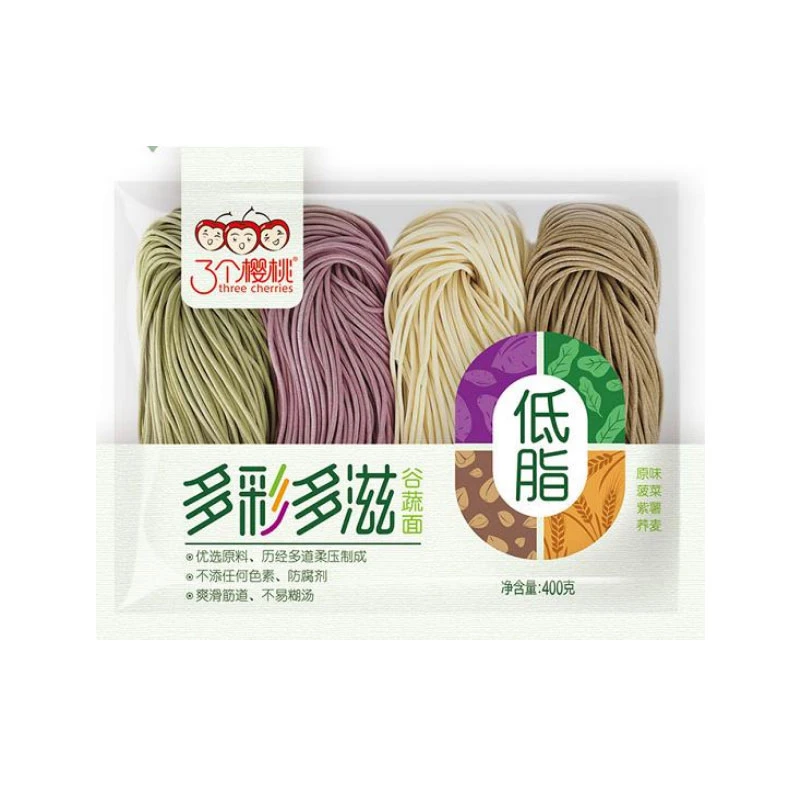Noodle Delights Exploring the Flavorful World of Soba and Udon Variations
Soba and Udon The Delights of Japanese Noodles
When one thinks of Japanese cuisine, images of sushi, sashimi, and ramen often come to mind. However, nestled within this culinary treasure trove are two other noodle varieties that deserve recognition soba and udon. Both noodles hold a significant place in Japanese culture and cuisine, showcasing unique flavors and textures that highlight the artistry of Japanese cooking.
Soba The Buckwheat Noodle
Soba noodles, made primarily from buckwheat flour, are thin and delicately textured. The word soba itself means buckwheat in Japanese, which hints at its primary ingredient. The use of buckwheat gives soba its characteristic nutty flavor and earthy aroma, setting it apart from other noodles. It is a staple in Japanese households, particularly in regions like Nagano and Yamagata, where the climate is conducive for buckwheat cultivation.
Soba can be enjoyed both hot and cold, making it a versatile choice for various dishes. When served cold, the noodles are often accompanied by a dipping sauce called mentsuyu, made from soy sauce, mirin, and dashi. This refreshing dish is perfect for warm weather and is often garnished with green onions, wasabi, and nori (seaweed). Hot soba, on the other hand, is typically served in a flavorful broth with ingredients such as tempura, mushrooms, or vegetables. Each serving is a delightful experience that highlights the natural taste of the buckwheat.
Soba and Udon The Delights of Japanese Noodles
Udon The Chewy Japanese Noodle
soba udon

Udon, in contrast to soba, is a thick wheat noodle known for its chewy texture. Made from flour, water, and salt, udon is usually served in a warm broth and is often garnished with a variety of toppings, including green onions, tempura, and tofu. The noodles may also be served cold with a dipping sauce, much like soba, but are best known for their heartwarming, savory soup.
Originating from China, udon has been embraced and adapted within Japanese culinary traditions. It is a comforting dish often enjoyed during cold months, reflecting the homely nature of Japanese cooking. Regional variations abound; for instance, “kitsune udon” features a sweet fried tofu topping, while “yaki udon” is a stir-fried version with vegetables and protein.
The simplicity of udon belies its ability to provide warmth and comfort. A steaming bowl of udon on a rainy day can be the perfect remedy, much like a hug from a loved one. It is not merely a meal; it is an experience that resonates with communal dining in Japan, where friends and family gather around a table to enjoy this hearty dish.
Conclusion A Symphony of Flavors
In exploring these two noodle varieties, soba and udon, we discover not just their distinctive tastes and textures but also the cultural narratives they carry. Both noodles have transcended their humble origins to become cherished staples in Japanese cuisine, enjoyed both in traditional settings and modern interpretations. Whether you prefer the nutty, delicate bite of soba or the comforting chewiness of udon, these delightful dishes exemplify the beauty of simplicity in Japanese cooking.
As culinary enthusiasts continue to explore the rich landscape of global flavors, soba and udon remain at the forefront, inviting new and seasoned diners alike to savor the essence of Japan’s noodle traditions. The next time you find yourself at a Japanese restaurant or experimenting in your kitchen, consider giving both soba and udon a try—each bowl tells a story of culture, history, and the joy of shared meals.
-
Unleash Your Inner Chef with Delectable Italian Pasta CreationsNewsAug.01,2025
-
Savor Health and Flavor: Irresistible Soba Noodles for Sale Await!NewsAug.01,2025
-
Nourish Your Body with Premium Organic Ramen - A Culinary Delight AwaitsNewsAug.01,2025
-
Elevate Your Dishes with Our Exquisite Kinds of Egg NoodlesNewsAug.01,2025
-
Dive into Flavorful Convenience with Our Ramen OfferingsNewsAug.01,2025
-
Discover Exquisite Types of Naengmyeon and Chilled Soba NoodlesNewsAug.01,2025
-
Is Whole Wheat Pasta Healthy?NewsMay.30,2025
Browse qua the following product new the we

















































































































